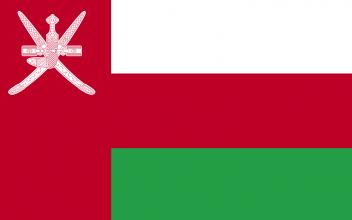Vessel decorated with a rowing boat
Methods of communication are essential to the dialogue of cultures. And for the inhabitants of the Nile Valley, the sailing vessel, as can be seen by this vase; was one of the most effective and oldest methods. The vase is a typical example from the culture known as Naqada II (the period around 3500-3200 BC) which was one of the last phases of Egyptian Prehistory and whose epicentre was the Naqada site in Upper Egypt. This Naqada culture extended to the whole of the Nile Valley, towards the north up to the Delta and south beyond the First Cataract and it was marked by the movement of habitants towards the alluvial plain. They stressed hierarchical society which is witnessed by the accumulation of objects in certain tombs and their ostentatious features. Many vessels identical to the concerned artefact were found in the graves: ceramics shaped by hand, egg-shaped, with flat rim and fitted with two little punctured tubular handles on the shoulder of the vase. The red-brown paint decoration stands against a light background- and without any suggestion of perspective- depicts desert animals, large boats transporting worship construction and ensigns bearing religious meaning: wavy lines to evoke the presence of water.
The place of the find, the site of Dakka to the south of Aswan, illustrates the exchanges that existed between Egypt and Nubia in as early as Prehistory. Read more about this object on the UNESCO Museums for Intercultural Dialogue website.





